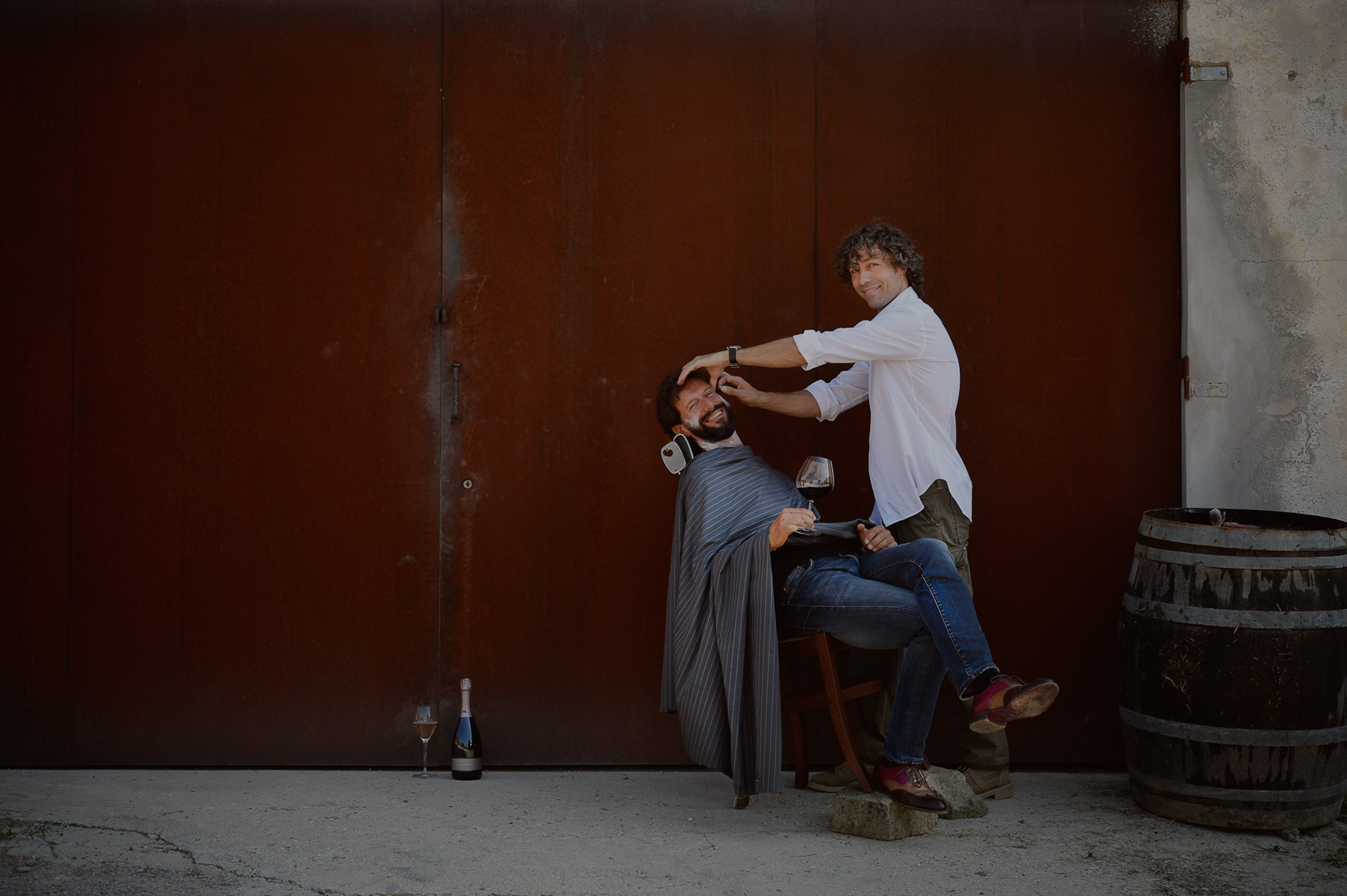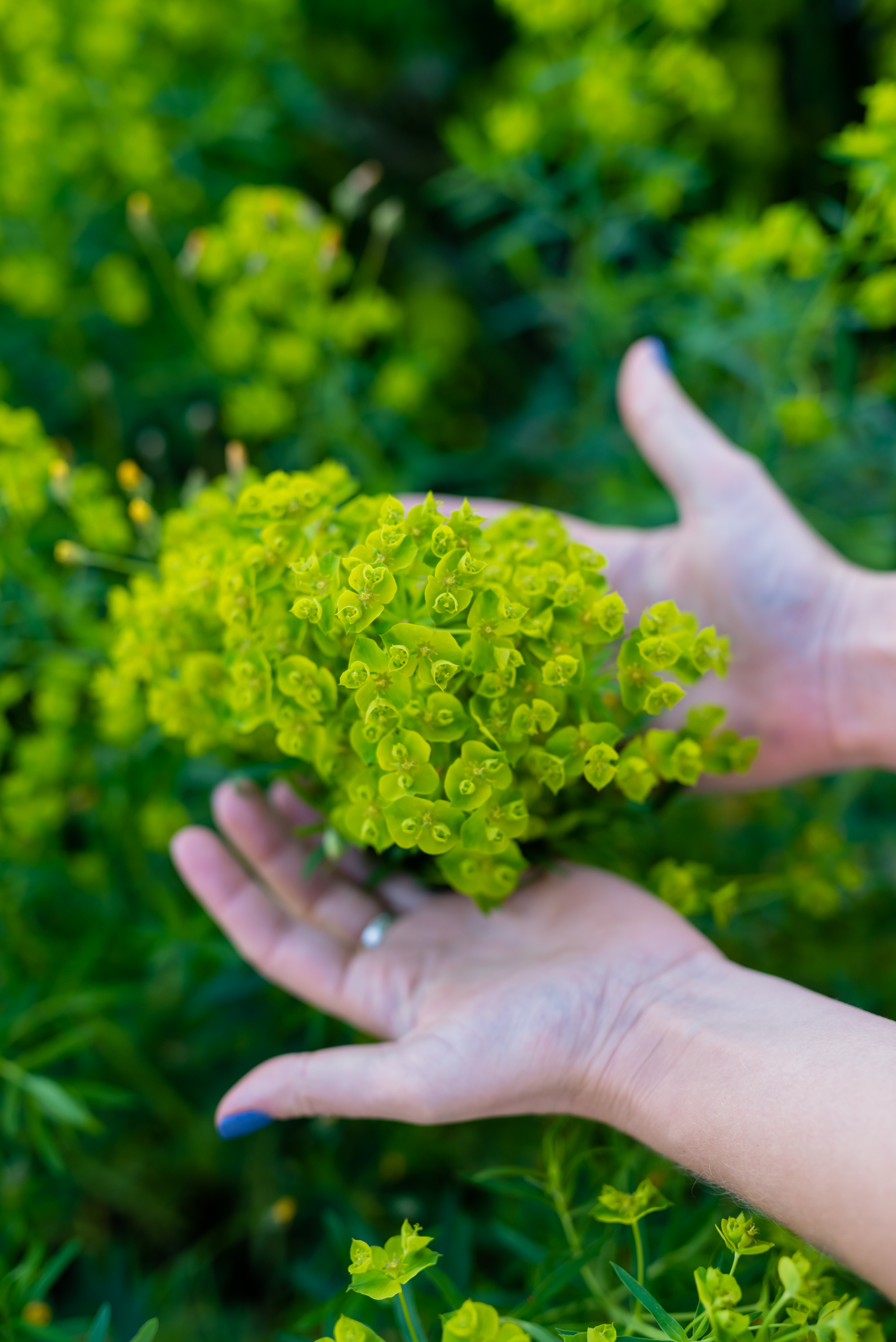Casina Bric

Casina Bric or 'perched farm' in the local Piedmontese dialect, is the highest property of the famous village of Barolo, more precisely in the hamlet of Vergne in Italy. Given that Gianluca is from Vergne it’s only logical and re-assuring that his single vineyard Barolo should come from the village’s top vineyard: Bricco delle Viole; the fruit coming from his second, west-facing parcel at close to 460 meters above sea level, up above and behind the garage-like cantina/winery. Less complex, perhaps without the addition of other vineyards, it makes up for it.

Description
No reserve on this auction.
Walter Spiller’s review for Jancis Robinson back in 2014:
Spicy yet holding back on the nose. Impressive concentration of fruit on the palate kept in check by perfectly built grainy tannins.
A more recent Cellartracker note:
10/5/2019 – JohnRachelWine Likes this wine: 92 Points
Color: garnet moving to tawny
Nose: started with big dried cherry and anise, opens to cigar box, eucalyptus and violet
Palate: red fruits, plum and white pepper
Mouthfeel: soft but tight, round medium finish
Grouped purchases attract far lower per-bottle shipping charges – visit my Seller Profile page for details of this and my other T&Cs.
Visit Wine Trove to browse 700+ more wines for sale on my retail wine merchant website.


Share this wine

Casina Bric Barolo 2013
Casina Bric 460
Available in:
• Single bottle in wooden box
• Pack of 4 Magnums in cardboard
Additional notes:
A story, a project of the territory and its vineyards, and the work that Gianluca Viberti has cultivated since he attended the Scuola Enologica in Alba. Today the project comes to fruition, offering to all lovers of Nebbiolo and sparkling wine a line of two Spumanti - Rosé Nebbiolo d'Alba DOC - made by two methods of sparkling wine production: the Metodo Classico for the vintage Brut Nature where elegance, richness, and year leave their mark; and the long Martinotti Prêt-à-Porter where freshness, fruit and drinkability exceed the austerity of Nebbiolo. Both are part of the original 'Origo-Ginis' project from the Latin 'Origo-Originis' 'with reference to writings, works of art or other productions that are at the hands of the author, as opposed to what is a copy of it' (cit. Treccani)'